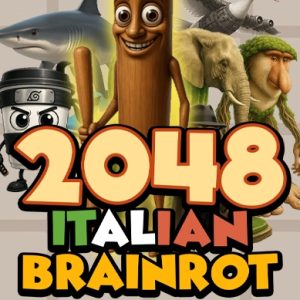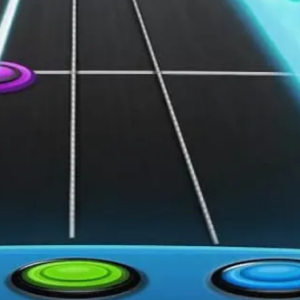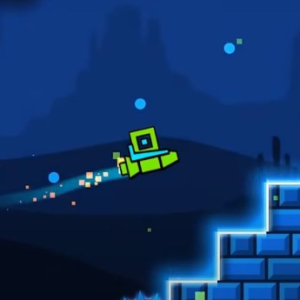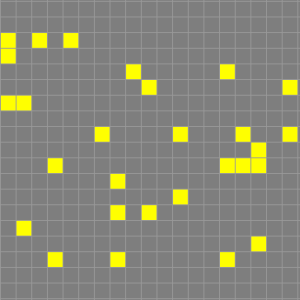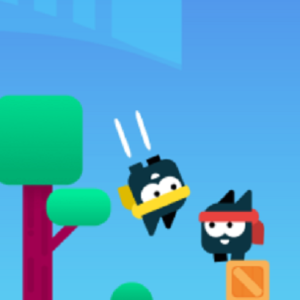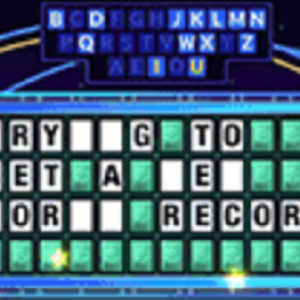Similiar games
Italian Brainrot 2048 is a parody-driven version of the classic tile-merging puzzle game, where numbers are replaced by increasingly unhinged and surreal characters. At its core, it retains the addictive slide-and-merge formula of traditional 2048, but every tile unlock feels like diving deeper into meme-fueled madness. Instead of numerical logic, players progress through layers of exaggerated stereotypes, AI-glitched faces, and pixelated Italian symbols that evolve in unexpected directions. It’s both a game and a performance—one that mocks itself as it plays out.
A Familiar Game, Dressed in Chaos
The gameplay loop is instantly recognizable. Swipe left, right, up, or down to slide tiles across a 4×4 grid. When two matching characters collide, they fuse into a new, weirder version of Italian brainrot. What starts with mild clichés—pizza slices and scooters—quickly devolves into opera-screaming meatballs and pixelated grandmothers flinging pasta. The tension rises not just from trying to reach the final tile, but from anticipating what absurdity will appear next.
Core features that define this experience include:
- Classic 2048 puzzle mechanics with visual and audio distortions
- A growing lineup of meme-inspired Italian characters
- Sound design that ranges from comedic to outright disturbing
- Sudden environmental changes based on merge streaks
- Endgame tiles that redefine logic and coherence
Design That Feeds the Chaos
Visually, Italian Brainrot 2048 is bright, loud, and glitchy on purpose. The art style embraces the low-res look of old web games while layering it with meme culture references. Each tile doesn’t just change in appearance—it comes with unique animations, shaking effects, or strange overlays that react to the player’s moves. The further you progress, the more cluttered and unstable the screen feels, simulating the exact kind of digital brain fog the title suggests.
Comedy and Absurdity as Reward
There’s no deep lore or meaningful ending here—only the satisfaction of unlocking something funnier, stranger, or louder than what came before. The humor is baked into every interaction, from the character voice clips that randomly trigger to the background music that shifts genres mid-game. Whether you’re playing for the high score or just to see what happens next, the game rewards curiosity and tolerance for absurdity over pure skill.
A Puzzle Game That Embraces the Breakdown
Italian Brainrot 2048 is less about solving a puzzle and more about watching it fall apart. It takes a minimalist design and floods it with noise, confusion, and humor until the rules feel optional. The core mechanics are simple, but the presentation turns it into a digital fever dream. For fans of chaotic clickers, meme games, or anyone looking for a break from polished, serious titles, this game delivers a ridiculous and strangely satisfying experience—one slide at a time.


